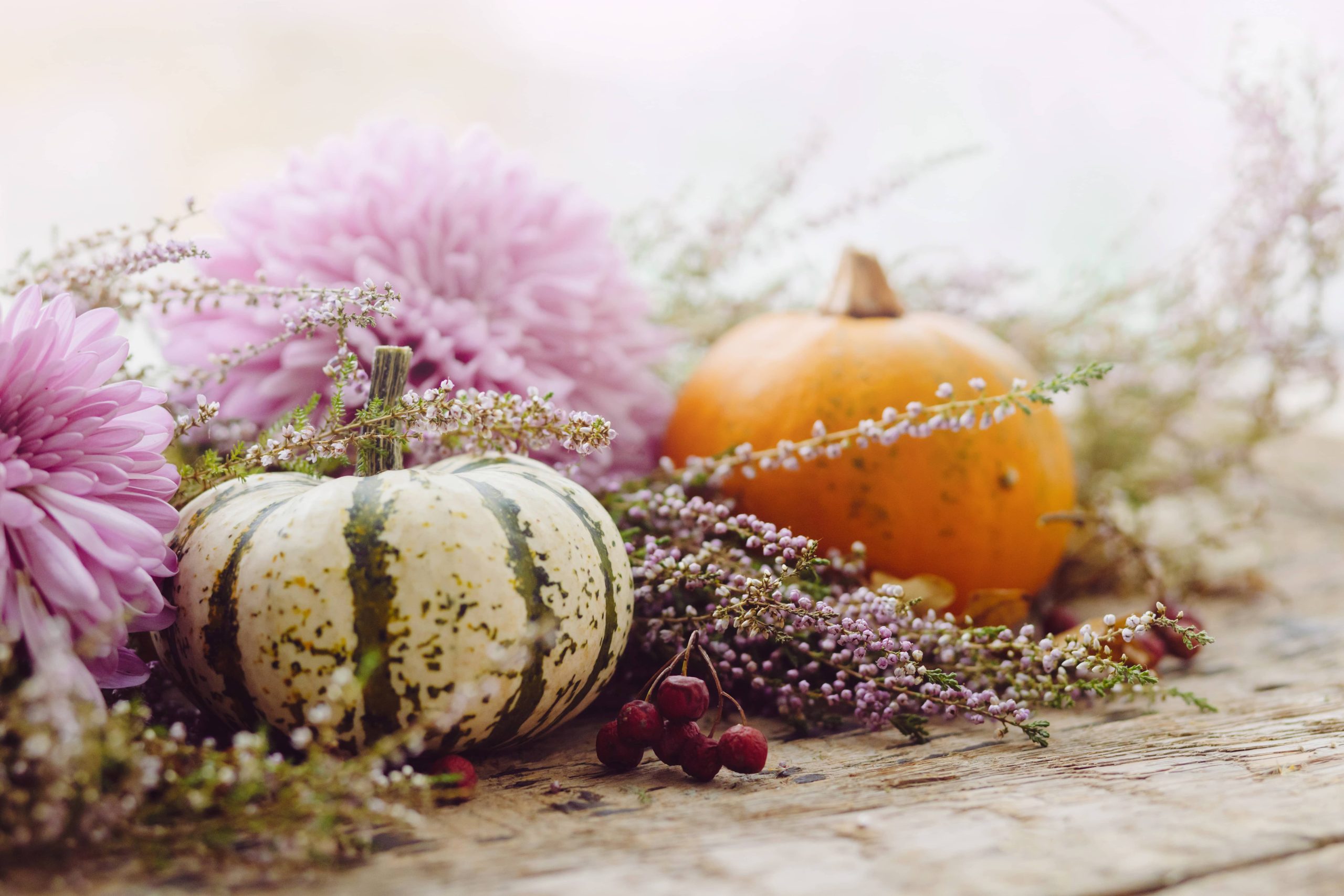
Winter is a season of stark contrasts, with its crisp air and frosted landscapes providing a different kind of beauty in the garden. For many gardeners, the challenge of maintaining a vibrant and thriving garden in the colder months is both exciting and daunting. The key to a resilient winter garden lies in choosing the right plants—specifically, those that can tolerate the chill of winter. In this post, we will explore some cold-tolerant plants that can add color, texture, and life to your garden even when the mercury drops.
Understanding Your Hardiness Zone
Before selecting plants for your winter garden, it is crucial to understand the hardiness zone of your region. The USDA Plant Hardiness Zone Map is a valuable resource that divides North America into zones based on minimum winter temperatures. Knowing your zone will help you select plants that are most likely to thrive in your climate. For instance, if you live in Zone 5, you’ll want to look for plants that can survive temperatures as low as -20°F (-28.9°C).
Evergreen Shrubs: The Backbone of Winter Gardens
Evergreen shrubs are indispensable in a winter garden, providing structure and year-round interest. Consider planting:
1. Boxwood (Buxus): Known for its dense foliage, boxwood is ideal for hedges and borders. It retains its rich green color throughout winter and can be shaped to suit any garden design.
2. Hollies (Ilex): Hollies are fantastic for adding color, thanks to their vibrant red berries. Varieties like the American holly (Ilex opaca) are hardy and perfect for winter gardens.
3. Juniper (Juniperus): Available in a range of sizes and shapes, junipers are drought-tolerant and hardy. Their blue-green foliage and berries add a splash of color to any winter landscape.
Ornamental Grasses: Adding Movement and Texture
Ornamental grasses can create a stunning visual effect in the winter garden, especially when dusted with snow or frost. They add movement and texture, breaking the monotony of bare landscapes. Here are some options:
1. Blue Fescue (Festuca glauca): This low-growing grass forms neat clumps and retains its bluish hue in the colder months, offering a serene contrast to more colorful plants.
2. Feather Reed Grass (Calamagrostis acutiflora): Known for its tall, feathery plumes, feather reed grass stands tall and remains impressive throughout winter.
3. Switchgrass (Panicum virgatum): As an adaptable native grass, switchgrass shows off golden hues in winter, providing shelter for wildlife and beauty for the garden.
Hardy Perennials: Persistent Poppies
Perennials are the stalwarts of any garden, returning year after year. Certain perennials possess the resilience necessary to shine even in winter, such as:
1. Hellebores (Helleborus): Often referred to as the “Christmas Rose,” hellebores bloom in late winter, showing off shades of pink, white, and purple, and are highly resistant to cold temperatures.
2. Snowdrops (Galanthus): One of the first signs of spring, snowdrops often bloom while snow still covers the ground. Their delicate white flowers are hardy and impervious to winter’s chill.
3. Bergenia (Bergenia cordifolia): Known for its robust foliage and early blooms, bergenia can withstand cold temperatures, with leaves turning bronze-red, adding to its winter appeal.
Trees with Winter Interest: Majesty in Dormancy
Even in dormancy, the right trees can offer visual intrigue with interesting bark, shapes, and occasionally fruit:
1. Red Osier Dogwood (Cornus sericea): This shrub is celebrated for its striking red stems that stand out against the winter snow, providing both color and structure to the landscape.
2. Paperbark Maple (Acer griseum): This tree’s cinnamon-colored, peeling bark adds texture and warmth to the winter garden, becoming a focal point even when bare.
3. Crabapple (Malus): Many crabapple varieties hold onto their fruit throughout winter, which not only offers vivid color contrasts but also provides a food source for birds.
Bulbs for Early Spring: Planning Ahead
Planting bulbs in the fall ensures that your winter garden transitions seamlessly into spring. These hardy bulbs are perfect for making that transition:
1. Tulips (Tulipa): Bulbs planted in the fall provide a burst of color in early spring. Opt for species like ‘Emperor’ or ‘Fosteriana’ which are known for their durability.
2. Daffodils (Narcissus): Another classic choice, daffodils are hardy and virtually foolproof. Their bright yellows offer a cheery promise of warmer days ahead.
3. Crocus (Crocus spp.): These small but mighty flowers often emerge through the snow, signaling the approaching end of winter with shades of yellow, purple, and white.
Tips for Protecting Your Winter Garden
To ensure your winter garden thrives, consider these tips:
– Mulching: Apply a thick layer of mulch around the base of your plants to insulate roots and conserve moisture.
– Watering: Though dormant, plants still need water. Be sure to water during dry spells as long as the ground isn’t frozen.
– Windbreaks: Protect your garden from harsh winter winds by using physical barriers like fences or by planting natural windbreaks.
A winter garden doesn’t have to be barren or lifeless. With careful planning and the right selection of cold-tolerant plants, your garden can remain a source of beauty, color, and inspiration throughout the season. Whether you’re a seasoned gardener or just starting out, these plants can transform how you experience winter in your green spaces. So bundle up, grab a shovel, and get planting—because with these hardy options, your garden can thrive, even in the depth of winter.







